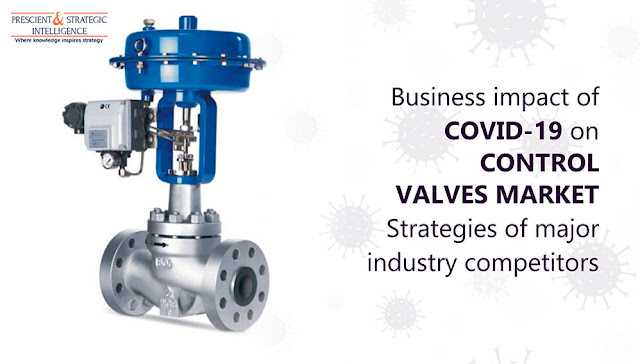
Why Is Power Sector Deploying Control Valves?
The escalating energy demand, primarily on account of the booming population, is creating a huge requirement for control valves in the power sector. To meet the high electricity demand, the power industry needs to adopt upgraded equipment for producing, processing, and transporting energy, which narrows down the demand-supply gap considerably. The supply gap can be narrowed by using control valves, which are power-operated devices utilized to manipulate the flow of steam, water, and oil and gas in several power generation plants.
Thus, the expanding power sector will help the control valves market to progress at a CAGR of 6.3% during 2018–2023. The market was valued at $11,137.0 million in 2017 and it is projected to exceed $16,057.5 million revenue by 2023. Conventionally, control valves were used mechanically, however, the burgeoning energy demand has resulted in the development of control valves having chips or processors, which help in improving the operations of power companies and mitigating unplanned shutdowns. Additionally, processor-embedded control valves also help in predictive maintenance by delivering real-time data on operating conditions and flow rates.
According to P&S Intelligence, Asia-Pacific (APAC) dominated the control valves market in the recent past, and it is expected to adopt these devices at the highest rate in the forthcoming years. This is due to the accelerating economic growth, burgeoning need for energy, rising number of manufacturing companies, and improving infrastructure in the region. Among APAC nations, China adopts the highest volume of control valves, due to the surging number of infrastructural development projects and amplifying use of these devices in the automotive, oil and gas, water and wastewater treatment, and power generation industries in the country.
Thus, the rising demand for energy and burgeoning need for improving operational efficiency in the manufacturing sector will fuel the adoption of control valves in the foreseeable future.
Comments